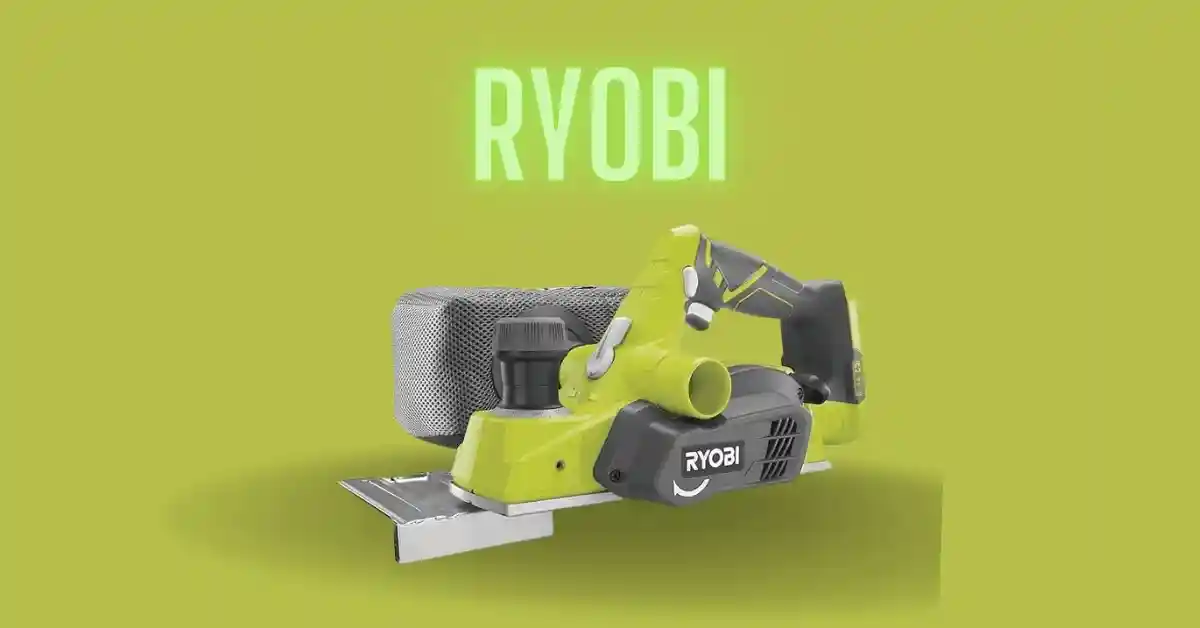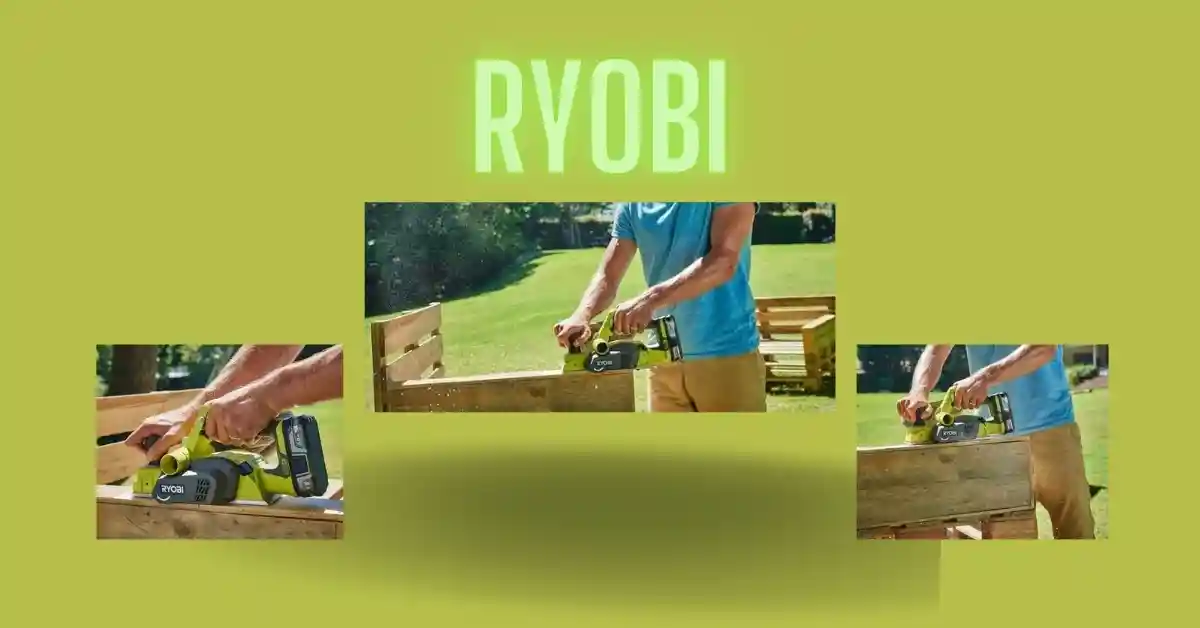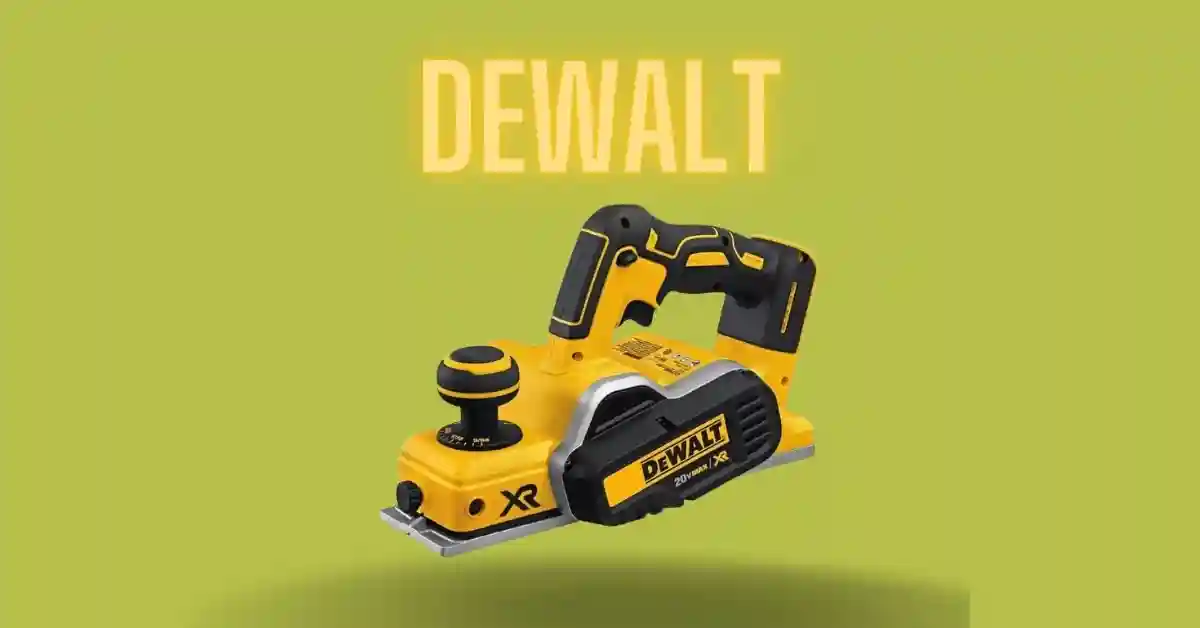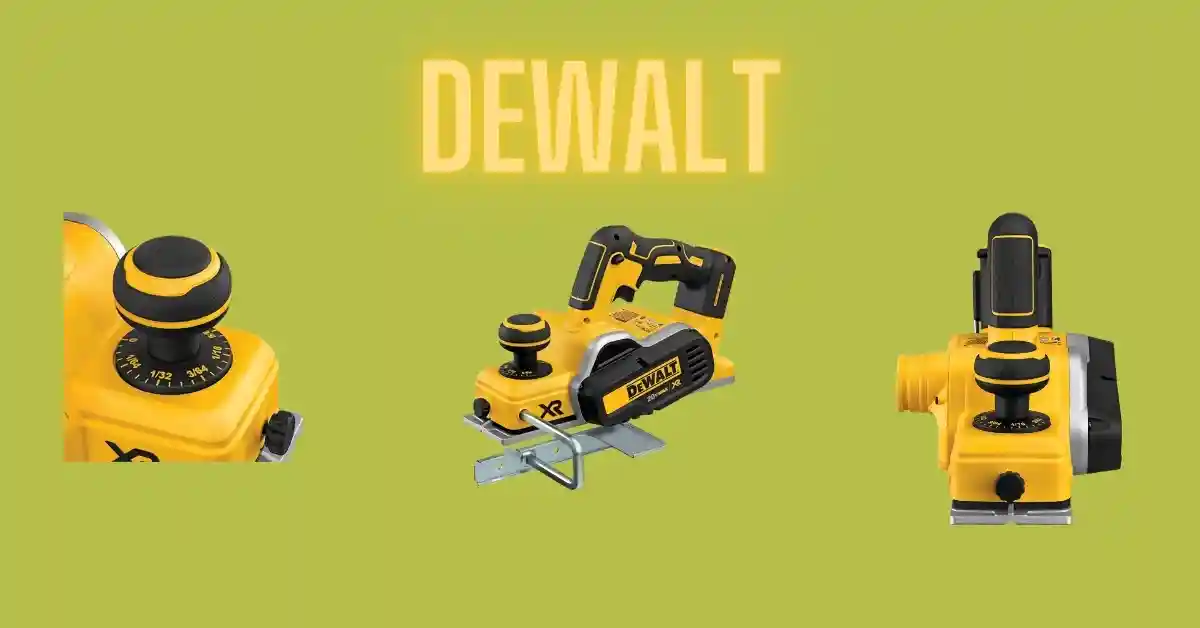Ryobi P611 Review Reveals Surprising Performance Insights
I want to share my honest Ryobi P611 Review because I know how tricky it can be to pick the right tool. In Chicago, I’ve used it on real projects, and that gave me the chance to see both its strengths and its weak points. Buying a new planer or trim router feels exciting, but also a little risky when you’re not sure if it’s worth the money.
I’ve spent time testing it on doors and small woodworking jobs, and I’ve also compared it with other compact options. In this review, I’ll walk you through what stood out, what could be better, and who I think this tool is really made for.

My Real Life Experience: ryobi p611 review
When I first picked up the Ryobi P611, I wanted to know if it could handle real jobs without the stress of a learning curve. I’ve used it in Chicago on doors that rubbed, on small trim work, and even for quick adjustments in tight spaces. The beauty of tools like this is that they’re meant to save you time, but only if they can deliver accuracy and ease without a fight. After testing it across a few projects, here’s how it stacked up in real life.
Door Shaving Test (Real-Life Use on a Rubbing Door) – 9/10
I used it on a bathroom door that rubbed against the frame. It cut clean, fast, and solved the problem in one pass. It felt like using a sharp knife on warm butter—smooth and satisfying.
Depth Adjustment Accuracy – 8/10
The dial is easy to use, and I could set it to fine levels like 1/64″. It worked well, but I noticed the adjustment can feel sensitive if you’re not paying attention. A steadier click or lock could make it even better.

Surface Finish Quality – 9/10
The finish came out smooth with very little sanding needed. It made my door look like it had been done by a pro. I’ve used cheaper alternatives before, and this was night and day.
Dust Collection Efficiency – 7/10
The dust bag fills up quickly, almost too fast. Attaching a shop vac works far better. If you’re indoors, be ready to pause for cleanup.
Kickstand & Handling Performance – 8/10
The kickstand is helpful, but I forgot it once and left a small mark. It’s a good safety feature, though it takes a bit of muscle memory to always use it right. The grip feels balanced in hand, even for longer jobs.
Speed & Ease of Setup – 10/10
This is where Ryobi shines. I popped in a battery, set the depth, and got to work in minutes. No cords, no fuss. It’s like having a reliable friend who’s always ready to help.
Blade & Belt Maintenance Check – 7/10
Blades are sharp and reversible, which adds value. But replacements aren’t cheap, and the belt requires a few screws to access. Not a deal breaker, but worth knowing if you plan to use it heavily.
What I Struggled With (and How It Could Be Better)
The dust bag was my biggest gripe. It fills fast, and cleanup takes time unless you attach a vac. The kickstand, while useful, feels like a small learning curve. If Ryobi improved these two areas, it would feel almost flawless.
What I Like About This
- Fast and simple setup
- Smooth finish with little sanding
- Depth adjustment works well for doors and trim
- Lightweight and easy to handle
- Works with the larger Ryobi ONE+ battery system
My Bittersweet Experience: ryobi p611 pros and cons
Using the Ryobi P611 felt like riding a small but nimble bike. It handled most tasks well, yet I found a few bumps along the way. Here’s a mix of what I loved and what challenged me during real-life use.
Dust Bag Fills Too Quickly
I noticed right away that the bag collects dust fast.
Problem: After a few passes, I had to stop and empty the bag. It slowed my workflow.
Solution: Hook up a shop vac to the dust port. It keeps the area clean and saves time.
Kickstand Takes Practice
The kickstand is smart but can be tricky at first.
Problem: I forgot to set it down initially and left a small mark on the door.
Solution: Make a habit of flipping the kickstand before starting. After a few tries, it feels natural.
Blade & Belt Replacement
The blades are sharp but can be pricey over time.
Problem: Accessing the belt requires removing screws, which can be a bit tedious.
Solution: Keep the included wrench handy and consider buying blades in bulk for savings.
Depth Adjustment Sensitivity
The depth dial is precise but can feel touchy.
Problem: I accidentally set it deeper than intended a few times.
Solution: Always double-check the depth setting and do a test pass on scrap wood.
Table: ryobi p611 pros and cons
| Pros (What I Liked) | Cons (Challenges Faced) | Possible Solution |
| Fast and simple setup | Dust bag fills fast | Attach a shop vac |
| Smooth finish on cuts | Kickstand needs practice | Develop a habit |
| Lightweight and easy | Blade & belt access | Keep wrench handy |
| Works well for small jobs | Depth dial sensitive | Test settings on scrap |
| Affordable and beginner-friendly | Slightly less runtime | Use with spare battery |
Final Thoughts
Ryobi focuses on tools that are easy, lightweight, and affordable. The P611 reflects that philosophy. While it has a few quirks, they aren’t deal-breakers. With small adjustments, this tool can handle most home projects. Overall, it’s reliable, beginner-friendly, and a solid addition to any DIY toolkit.
Alternative Option: DeWalt DCP580B Review
I have used many cordless planers over the years, and each brand gives me a different feel. When I tested the Ryobi P611, I also tried the DeWalt DCP580B to see how it holds up. Small things like depth control, dust handling, and cut finish can change the whole job. As someone who works with wood often, I notice these small details right away.

Is the DeWalt DCP580B worth buying for woodworking projects?
I used the DeWalt on a few doors and wide boards. The brushless motor kept the speed steady under load. The aluminum shoes gave me a smooth, straight cut every time. The Ryobi P611 works fine, but the DeWalt feels stronger and more stable for larger jobs.
Comparison Table
| Feature | Ryobi P611 | DeWalt DCP580B |
| Motor | Brushed | Brushless |
| Cut Depth | 1.6 mm | 2 mm |
| Weight | Very light | 7.4 lbs, still easy to carry |
| Battery | 18V | 20V MAX |
| Dust Collection | Basic, works okay | Better with bag |
| Comfort | Compact, best for small jobs | Ergonomic grip, less strain |
Quick Take: Both are solid picks. For small jobs, Ryobi is light and handy. For bigger projects, the DeWalt gives more control and lasting power.
How long does the battery last on the DeWalt DCP580B planer?
When I tested the DeWalt, the battery lasted for hours of mixed use. The runtime changes with cut depth and wood type, but it stayed steady for me. The Ryobi battery is lighter, yet it drains faster when used on deep cuts.
Comparison Table
| Feature | Ryobi P611 | DeWalt DCP580B |
| Battery Life | Shorter on heavy use | Longer, more stable |
| Charging | Quicker with small pack | Slightly longer |
| Battery Options | Large Ryobi range | Wide DeWalt MAX line |
Quick Take: If you own Ryobi batteries, the P611 is a smart match. If you want longer runtime and steady power, the DeWalt is the better pick.
What makes the DeWalt DCP580B different from other cordless planers?
The depth knob on the DeWalt stood out to me. It lets you set the cut as fine as 1/256″, which is a gift for trim work. Ryobi keeps things simple, while DeWalt gives a pro-level touch with more fine control.
Comparison Table
| Feature | Ryobi P611 | DeWalt DCP580B |
| Depth Adjustment | Easy dial | Precise knob (1/256″) |
| Finish Quality | Smooth for DIY | Very clean, pro-grade |
| Handling | Small and simple | Balanced with kickstand |
Quick Take: Ryobi is simple and beginner-friendly. DeWalt is precise, smooth, and ideal for detailed woodworking.
Final Thought: Ryobi P611 is light, easy, and great for quick fixes. The DeWalt DCP580B feels more like a pro tool, with better power, accuracy, and comfort. Both work well, but they serve different needs.

My Final Thoughts on Ryobi
If you want a trim router that is light, simple, and easy to use, this brand could be a perfect fit. It works well for small projects, quick fixes, and for anyone starting out. But if you need long runtime, heavy power, or pro-level control, you might want to explore other options like DeWalt. From my own use, the Ryobi P611 solved simple jobs for me in minutes, though I leaned on other tools when I needed deeper cuts or more endurance.
FAQs for ryobi p611 review
Is the Ryobi P611 good for beginners?
Yes, it’s light and simple, making it easy for new users to start woodworking without stress. Its size and design help build confidence fast.
How does the Ryobi P611 compare to other compact routers?
It’s easier to handle than many rivals but has less runtime and depth control. Great for small jobs, though pros may prefer stronger options.
What are the pros and cons of the Ryobi P611 router?
Pros: light, affordable, beginner-friendly. Cons: shorter battery life and less precision for large tasks. It’s best for DIY or quick home fixes.
Can the Ryobi P611 handle door trimming or edge work?
Yes, it works well for trimming doors, edges, and light shaping. For heavy cuts or long sessions, a more powerful router may be better.
Is the Ryobi P611 worth buying in 2025?
Yes, if you want a budget-friendly, cordless trim router for home projects. It may not match pro models, but it’s a handy, reliable choice.
Read More: Practical Greenworks 40V 12″ Cordless String Trimmer Review – My Honest Experience
